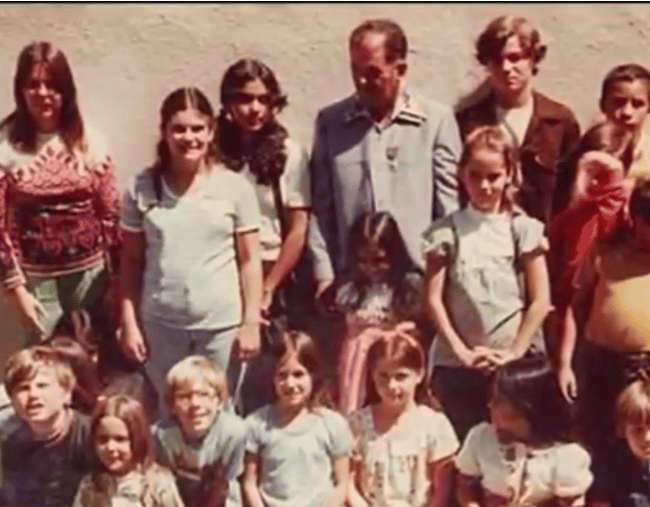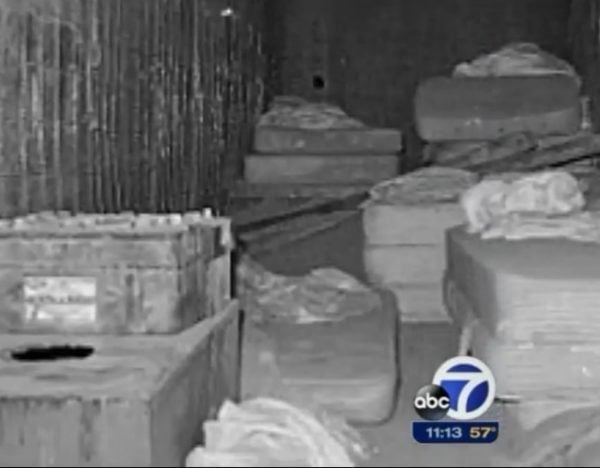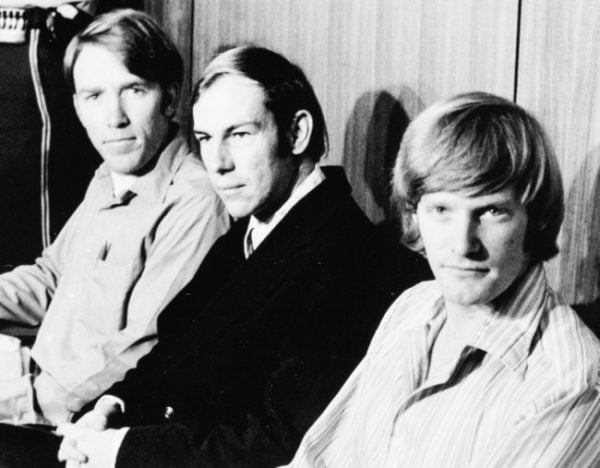
Twenty-six excited children packed themselves onto a yellow school bus in California. They’d just won a petition to extend their summer school by two weeks and they were beyond elated.
Because, now, what should have been their second-to-last day had turned into their twelfth-to-last, meaning 12 more sun-soaked days of swimming, arts and crafts, and park games.
But that same afternoon of July 15 in 1976, the lives of these 26 children – aged 5-14 – were about to turn upside down, putting them at the centre of the biggest mass kidnapping in US history.
True crime fan? Have you seen these? Post continues below video.
As the students, from Dairyland Elementary School in Chowchilla, travelled home from the local pool along a narrow rural road, the bus driver Edward Ray noticed a van plonked right in the middle. It had its hood up and it was blocking the route.
Ray had no choice but to slow down and try to manoeuvre his clunky bus around the stationary vehicle.
Just as Ray leaned out to offer to help the owners of the stranded van, three masked men surged onto the school bus. Machine guns were pointed towards the children’s faces. Some were still in their swimming suits.





Top Comments
This is heartbreaking even though I'm glad the kids were saved and the kidnappers caught. And now the imbeciles are free. Free to go live their lives in luxury and leisure and pure joy with their very wealthy families I assume. How nice and justified. And that cretin thinks that excusing himself by saying he was young and immature and didn't know what he was doing, and that he hopes everyone can just get over it, makes me sick. Plus get their a***s sued and have to pay mountains of money to the victims. That would definitely help. So I'll be rooting and praying for you guys! Good luck and God bless!!!
Edward Ray was a bona fide hero. In '76 I was a young adult and I do vaguely remember the incident. Plus I think I watched a tv movie about it too awhile back. I wonder what's the latest with the lawsuit as it was filed in March 2016 and there's been no update since then, more than two years later.